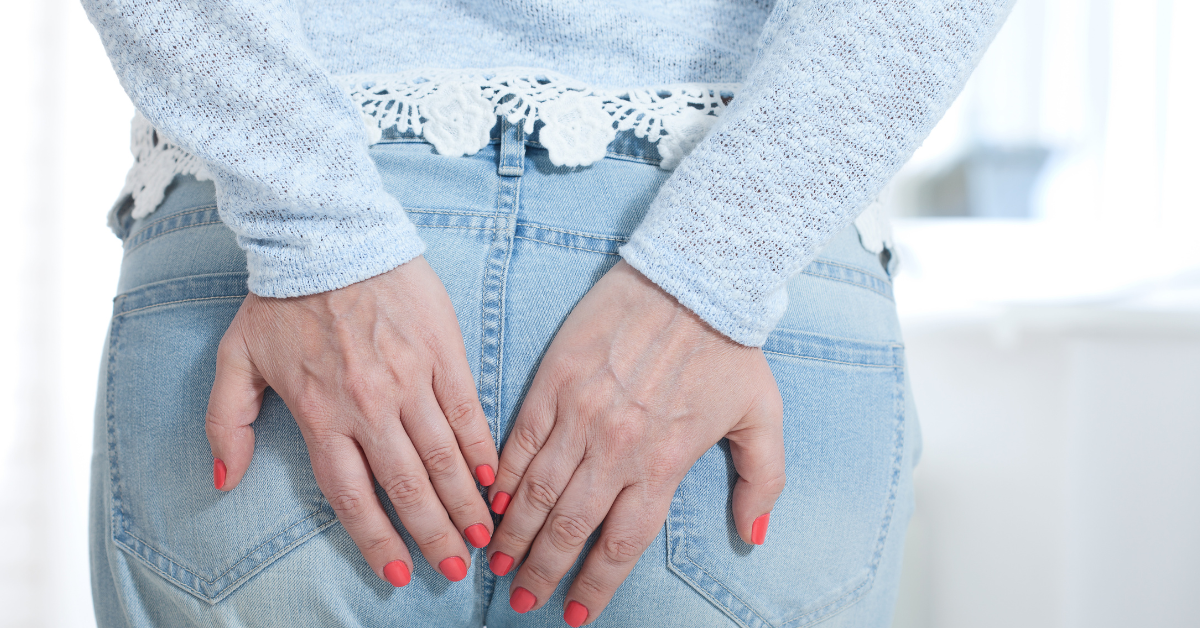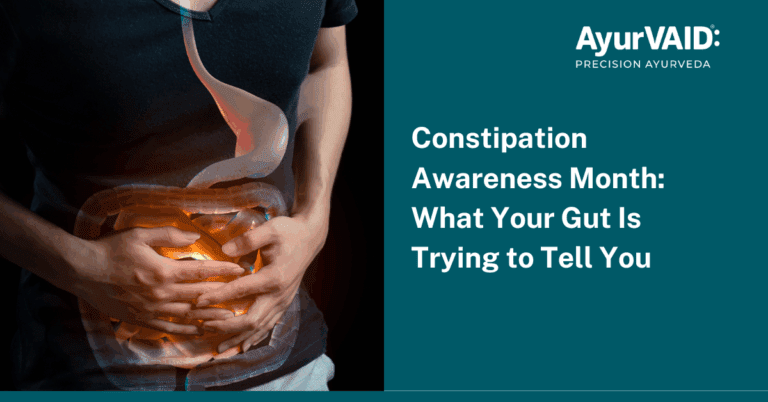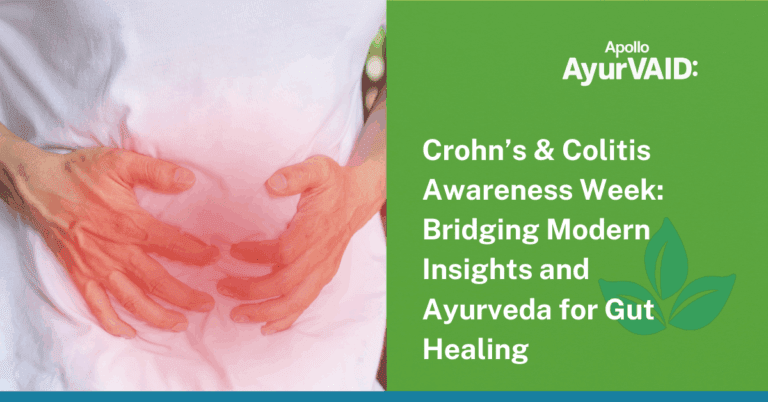Introduction
Piles- Hemorrhoids are common in women due to physiological and lifestyle factors. Both Men and women can develop piles, but certain factors like pregnancy, obesity, constipation, and hormonal changes place a higher risk on women. Understanding the causes of piles in female is important for prevention and management. Symptoms of piles in females include discomfort, bleeding, itching, and swelling in the anal region.
Ayurveda provides a comprehensive approach through Kshara karma, numerous home remedies for piles in women along with modification in diet and lifestyle. Other Piles treatments for women include Ayurveda therapies such as Kshara Karma, Kshara sutra, and internal medications that provide immediate relief and prevent recurrences in the longer term. This will be elaborated upon in the blog.

Causes of Piles in Females
The common causes of Piles in females include:
- Pregnancy: Increased pressure on the pelvic veins, hormone fluctuations, and constipation during pregnancy lead to the formation of hemorrhoids.
- Chronic Constipation: Increased intra-rectal pressure from straining during bowel movements leads to swelling and inflammation of the rectal veins.
- Obesity: An increase in body weight produces more abdominal pressure directly affecting rectal blood circulation.
- Sedentary Habits: Physical inactivity impairs digestion and slow bowel movements which can lead to pile formation.
- Uterovaginal Organ Prolapse: Some women with weakened pelvic muscles produce dysfunctional blood flow, producing swollen Piles.
- Hormonal Variations: Menopause, along with other hormone fluctuations might alter the digestive process, thus making one susceptible to piles.
Symptoms of Piles in Women
The symptoms of piles in females vary depending on severity and type (internal or external). Common symptoms include:
- Bleeding during bowel movements – Bright red blood on toilet paper or in the toilet bowl.
- Pain and discomfort – Ranging from mild irritation to severe pain, especially while sitting.
- Itching and irritation – Persistent itching around the anal region.
- Prolapse of hemorrhoids – Internal hemorrhoids may protrude outside the anus.
- Mucus discharge – Some women may experience a sticky discharge, leading to irritation.
Ayurveda Perspective on Piles in Women
Ayurveda explains that piles (Arsha) are caused by imbalances in the three doshas – Vata, Pitta, and Kapha. Factors contributing to Arsha include poor digestion, irregular bowel habits, consumption of incompatible foods, and lack of exercise. Poor digestion leads to toxins accumulation, inflammation, constipation, and increased rectal pressure. Improper elimination and a low-fiber diet exacerbate the condition.
Home Remedies for Piles in Women
Ayurveda emphasizes dietary modifications, herbal treatments, and lifestyle changes to manage piles in females effectively. Here are some home remedies:
- ¼ to ½ cup of radish juice twice daily can help relieve piles (non-bleeding).
- Include Elephant foot yam, a tuberous vegetable in your diet for managing piles due to its digestive aid and anti-inflammatory properties. It aids digestion, prevents constipation, and reduces inflammation associated with hemorrhoids.
- Sitting in a tub filled with warm water or medicated decoction for 10–15 minutes (sitz bath) helps relieve pain and inflammation.
- Soak 2-3 dried figs overnight, and eat them on an empty stomach in the morning for easy bowel movements.
- Make a paste of black sesame seeds and apply it to the affected area.
- Mix buttermilk with carom seeds and black salt and Consume daily after meals to reduce piles discomfort.
- Stir cumin seeds into buttermilk and consume once or twice daily after meals.
- to aid digestion and alleviate piles symptoms. 1 teaspoon of castor oil with warm milk before bedtime acts as a mild laxative.
- Apply fresh aloe vera gel to the affected area for soothing relief.
- Mix roasted cumin seeds with water and apply the paste externally.
- Increase intake of fruits, leafy vegetables, and whole grains to promote smooth bowel movements.
Ayurveda Treatments for Piles in Women
Ayurveda offers a comprehensive approach to pile treatment, focusing on improving core metabolism through oral administration of medicines that improve absorption, regulate bowel movements, and reduce constipation. Ayurveda emphasizes different treatment modalities for triggering factors like constipation and chronic loose motions, addressing the root causes of piles.
- Ayurveda categorizes piles into two types: bleeding and non-bleeding. Treatment protocols vary based on the patient’s piles.
- Non-bleeding piles involve local treatments and oral medications, such as Abhyanga, Swedana, Seka, Avagaha, Dhoopana, and Pralepana. These treatments aim to reduce inflammation and relieve discomfort, and pain related to hemorrhoids.
- In bleeding piles, blood-letting therapies like leech therapy are used.
- Kshara Karma is a popular para-surgical treatment for piles. It aids in the sloughing of haemorrhoidal mass, causes fibrosis, and causes scar formation. It also has wound-healing properties and has no severe adverse effects. The average recovery time is 14 days.
- Panchakarma therapies like Vasti (medicated enema) help balance doshas and improve digestion. The treatment modality is adopted after assessing the disease and the patient condition.
- Certain asanas like Malasana (Garland Pose), Pavanamuktasana (Wind-Relieving Pose), and Sarvangasana promote digestion and relieve pressure on the rectal veins.
Foods to Eat and Avoid in Piles
Consume fiber-rich foods like beans, ridge guard, elephant yam, onion, garlic, and leafy greens, as well as laxative fruits like bananas, papaya, and figs, to prevent constipation. Hydrate with fluids like buttermilk, and coconut water. Avoid spicy and oily foods, processed and refined foods, and alcoholic drinks, drinks high in caffeine, which can worsen inflammation and irritation.
Apollo AyurVAID offers a precise Ayurveda treatment for piles, providing long-lasting relief from pain, itching, and bleeding, ensuring a quick return to work. We emphasize not only the root cause but also symptom management. Pile treatment is formulated by conducting a physical examination, finding out the underlying cause, and recommending personalized pile treatment plans. These piles treatment plans include a comprehensive approach consisting of orders such as treatment by Ayurveda therapies, internal medicines, and lifestyle changes. Progress is closely monitored by the team to provide freedom from piles and long-lasting sustainable lifestyle changes.

Conclusion
Piles in women are to be approached comprehensively in terms of management, which requires prevention as well as treatment. Ayurveda provides complete management through a multitude of treatment means with Kshara Karma, Panchakarma therapies, and lifestyle changes. Successful management depends upon treating the root cause through a proper diet, exercise, maintaining good bowel habits, etc., and symptomatic treatment. Women suffering from piles, regardless of bleeding or non-bleeding, have a wide array of treatment options tailor-fit to address their special condition, allowing them to effectively manage this common health concern and improve their quality of life.
References
- Bužinskienė, D et al. (2022). Perianal Diseases in Pregnancy and After Childbirth: Frequency, Risk Factors, Impact on Women’s Quality of Life and Treatment Methods. Frontiers in Surgery, 9. https://doi.org/10.3389/fsurg.2022.788823
- Parés, D et al. (2021). Influence of Bowel Habit and Hormonal Changes on the Development of Hemorrhoidal Disease During Pregnancy and the Postdelivery Period: A Prospective Cohort Study. Diseases of the Colon & Rectum, 64, 724 – 734. https://doi.org/10.1097/DCR.
0000000000001822 - Y., R (2022). Conceptual view on Arsha and its Management through Ayurveda Prospective. International journal of Indian medicine. https://doi.org/10.55552/ijim.2022.3404
- Ali, Z H et al. (2011). Effect of Conservative Measures in Improving Hemorrhoid Stages and Relieving Symptoms among Patients with Hemorrhoid. https://www.semanticscholar.org/paper/
e8c377b850bf7
4ccb0e20de114197f82a16ab666 - Rao, S, Lakshmi, T (2014). Natural Remedies for Haemorrhoids and Bleeding Piles –An update. Research Journal of Pharmacy and Technology, 7, 253-254. https://www.semanticscholar
org/paper/
e0b3d9f43d6d00399a221cc1f2307<f9cea44694d






